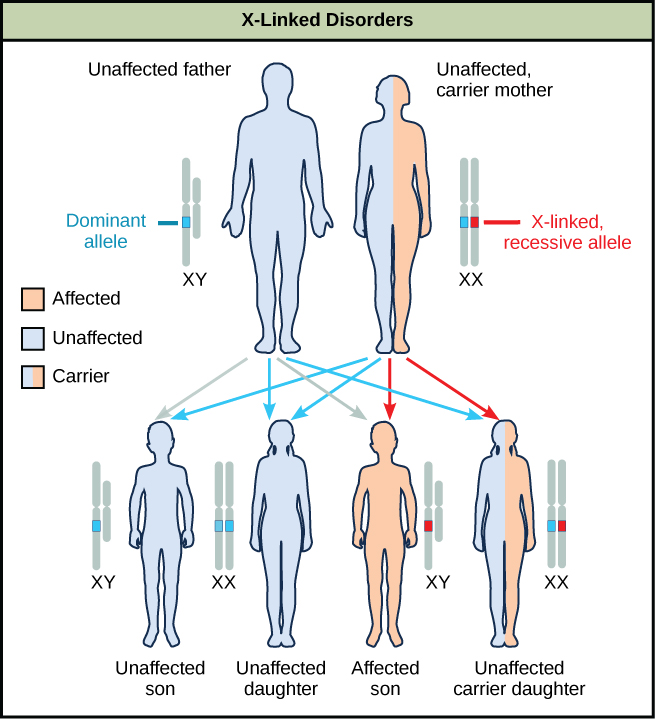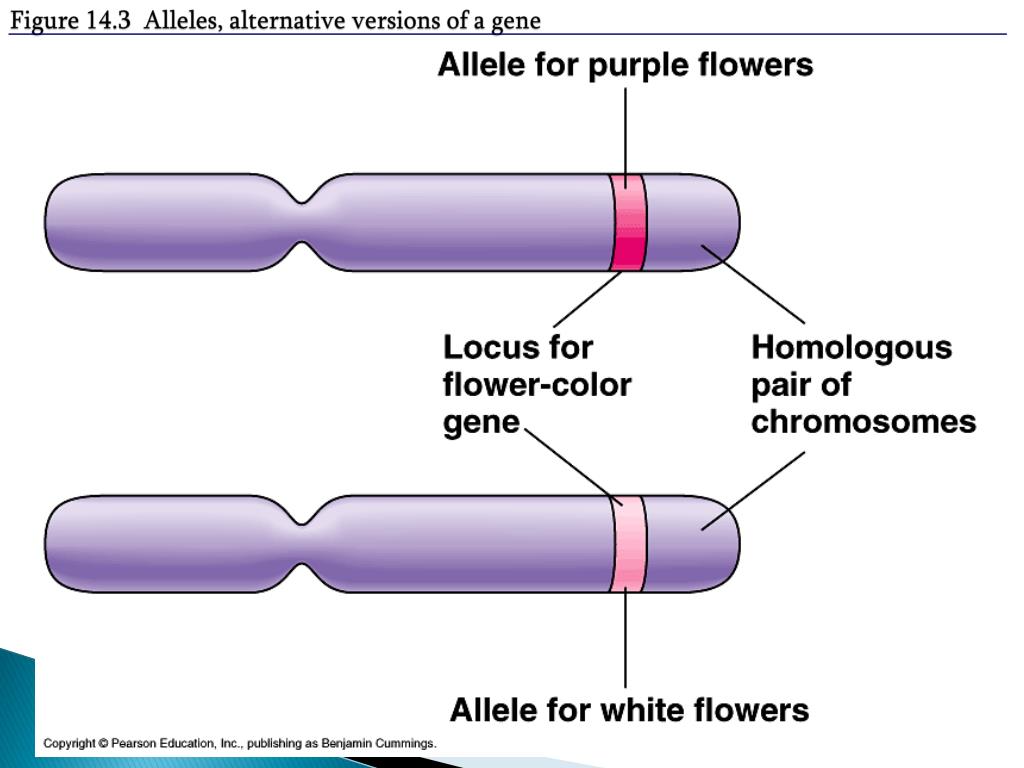In the intricate dance of genetics, every cell carries a symphony of information encoded within its DNA. Like musical notes jotted onto a staff, genes represent the fundamental score that governs the blueprint of an organism. Within each gene, individual variations known as alleles act as substitute notes, resulting in distinct phenotypic traits, such as eye color or blood type. However, in some cases, both copies of a gene, inherited from each parent, are identical, resulting in a condition known as homozygosity.

Image: philschatz.com
Homozygosity, like a stereo system playing the same track, signifies the presence of two identical alleles at a particular gene locus. These unwavering pairs, each echoing the same genetic melody, provide a consistent expression of traits. Unlike their heterozygous counterparts, who inheriting distinct alleles, homozygous individuals lack the inherent variation that could potentially alter their genetic expression.
For recessive traits, homozygosity is a mandatory prerequisite for their phenotypic manifestation. Recessive alleles, like shy singers, require two harmonious instruments to fully express their genetic tune. Consider the gene responsible for hair color. Carrying two recessive alleles for blonde hair ensures the unwavering golden hue of one’s locks. However, if only one recessive allele is present, paired with a dominant allele for brown hair, the latter will take center stage, resulting in brunette tresses.
On the flip side, homozygous dominant alleles resemble bold soloists, ensuring the dominant trait’s undisputed reign. Individuals bearing two dominant alleles for brown eyes, for instance, will consistently exhibit the rich chocolate hue in their irises, regardless of the presence of any recessive alleles.
It is important to note that homozygosity does not imply genetic perfection. While it eliminates the variability associated with heterozygosity, it can also unveil potential detrimental effects masked by the buffering action of dominant alleles. Homozygous recessive conditions, like disharmonious duos struggling to carry a tune, can lead to certain genetic disorders. For example, inheriting two recessive alleles for cystic fibrosis results in the severe and potentially life-threatening condition.
Conversely, homozygous dominant alleles, reminiscent of perfectly aligned vocalists, can enhance advantageous traits. Sickle cell anemia, resulting from a recessive allele, offers protection against malaria in heterozygous individuals. However, inheriting two copies of this recessive allele leads to a debilitating homozgyous condition.
Throughout the tapestry of life, homozygosity, with its unwavering pairs of genetic notes, plays a subtle yet profound symphony. It determines the consistent expression of traits, be they the harmonious chorus of dominant alleles or the soft undertones of recessive ones. Understanding the implications of homozygosity empowers us to unravel the genetic score that shapes our individual melodies.

Image: www.slideserve.com
Having Two Identical Alleles For A Gene